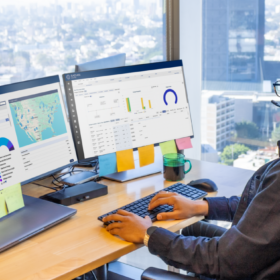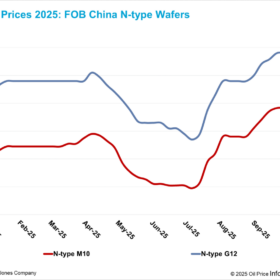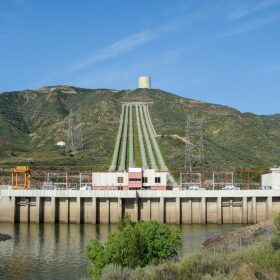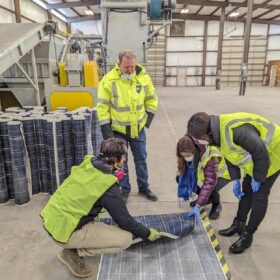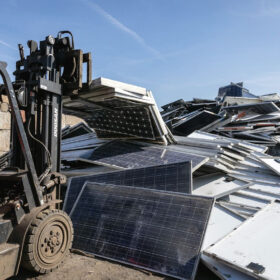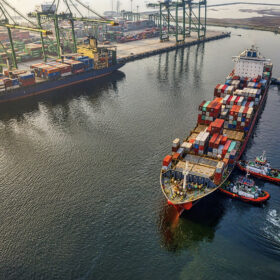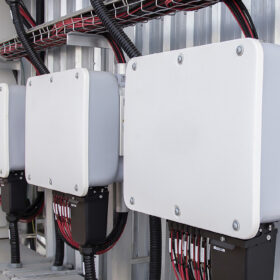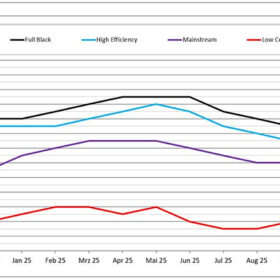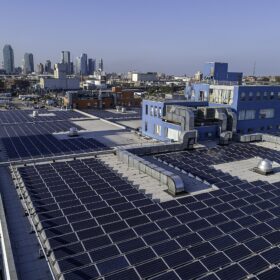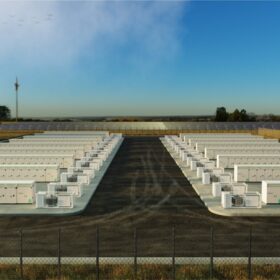Using settlements to reduce revenue leakage in renewable energy
Most energy operators focus on power generation, grid integration and compliance, but not enough pay attention to the settlement process, where energy production is reconciled with market payments. This can result in millions of dollars quietly slipping through the cracks.
Solar wafer prices stable, with emerging downward pressure despite policy interventions
In a new weekly update for pv magazine, OPIS, a Dow Jones company, provides a quick look at the main price trends in the global PV industry.
Unlimited low-cost energy storage
In its latest monthly for pv magazine, the International Solar Energy Society (ISES) explains how pumped-hydro energy storage combined with PV power generation could provide 24/7 power to data centers.
Solar recycling: Driving down costs before volumes spike
The U.S. may reach 10 million retired panels per year before 2030, more than IEA estimates. Waiting until the industry hits the “millions of panels per year” scale to build recycling infrastructure could lead to catastrophic costs for asset owners.
PV module recycling gains momentum as waste volumes surge globally
A comprehensive new report from IEA PVPS Task 12 reveals how countries around the world are managing the growing volumes of end-of-life solar modules, implementing regulations and scaling recycling infrastructure to handle the expected increment in PV waste over the coming decades.
Rethinking the landscape of solar tracker design
As solar projects are increasingly developed on challenging, uneven terrain, the traditional flat-site project design tools and long-tube trackers are no longer viable. Nevados shares how its dual innovation in articulating tracker hardware and bespoke digital design software allows developers to maximize energy production and precision on slopes up to 37%, avoiding expensive and environmentally harmful grading.
Macro problems for microgrids in California
Devastating wildfires in Southern California last January exposed severe grid resilience issues. Damage to the electrical infrastructure caused far-reaching power outages. Furthermore, PG&E’s Public Safety Power Shutoffs (PSPS)—deactivating power to prevent utility-sparked fires—resulted in economic losses and risks for people with medical needs. Microgrids are a potential solution, but they face significant utility company opposition.
New environmental, social and governance obligations for solar and storage
As renewable energy deployment accelerates, the industry falls under an intensifying spotlight. Developers and financiers face mounting pressure to prove credible environmental, social and governance (ESG) compliance across the solar and battery storage value chains.
Improving solar inverter design with silicones
Inverters must withstand the high levels of heat generated when operating, otherwise system performance and reliability could be at risk. Cody Schoener of Dow Performance Silicones argues using silicone-based materials for inverters can improve thermal management and fire protection, while offering thermal stability, environmental resistance, electrical isolation and support for operational efficiency.
Global PV outlook clouded by policy shifts and China export risks
The global PV market faces uncertainty amid fluctuating module prices and evolving energy policies. Changes to Chinese export taxes may further raise module costs, affecting European and Asian markets.
